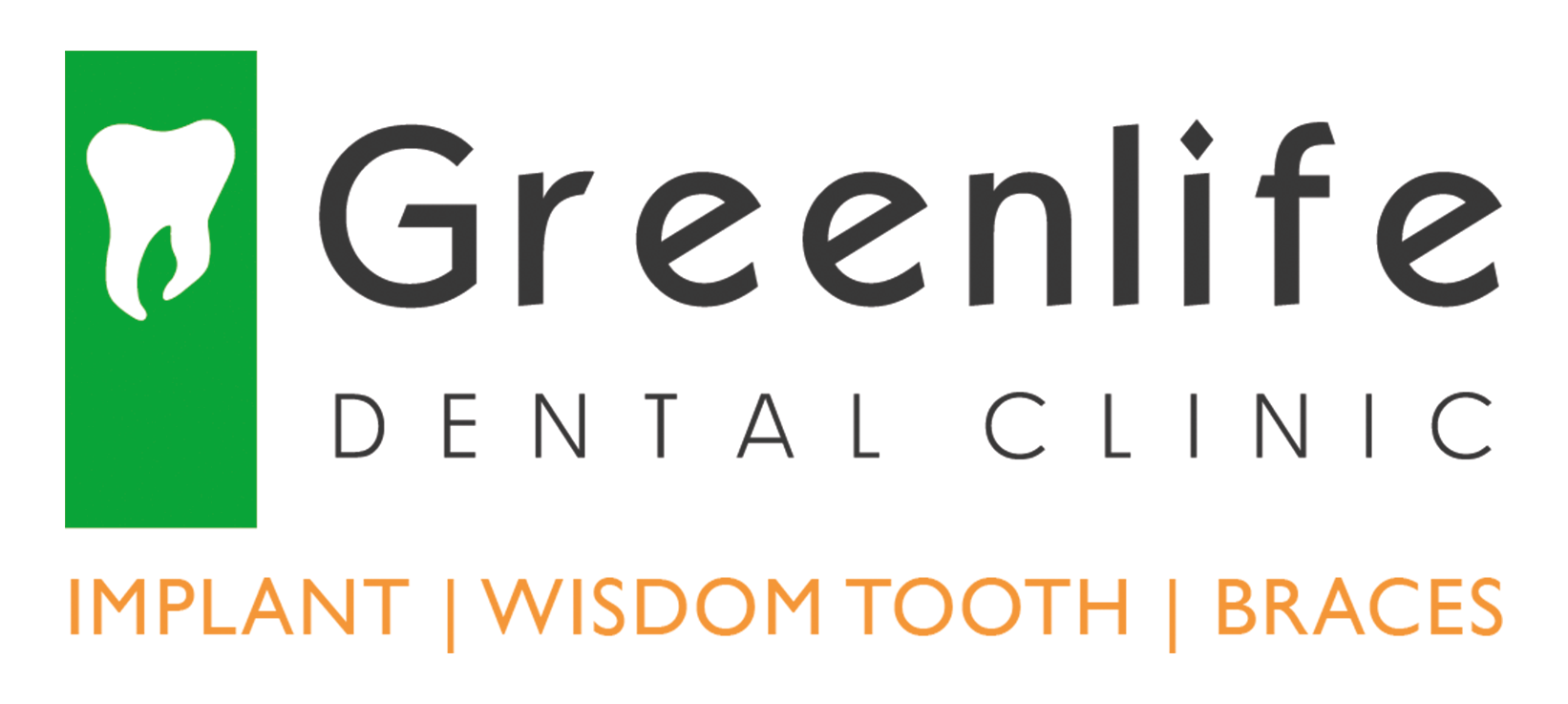How much does teeth straightening cost in Singapore?
When dental health awareness and aesthetics catch up with societal affluence, it is increasingly common for us to seek teeth-aligning services. Orthodontic treatment has come a long way, providing us with various options to achieve a straighter and healthier smile.
Among the most popular choices are Invisalign and traditional braces, each offering unique advantages and considerations, at different price points. When choosing the best option, you should consider factors like your specific orthodontic needs, age, lifestyle, and budget. Let’s delve into these considerations in this article.
1. Effectiveness
One of the most crucial criteria when choosing your teeth straightening solution is how severe are your orthodontic issues. While Invisalign is effective for mild to moderate cases, braces are versatile and can address a wider range of orthodontic problems, including more severe cases. Orthodontists also have greater control over tooth movement with braces.
2. Appearance
When it comes to aesthetics, Invisalign takes the lead. These clear aligners are virtually invisible, making them a discreet option for those who may be self-conscious about the appearance of traditional braces. On the other hand, braces, with their metal brackets and wires, are more noticeable. Some individuals opt for ceramic braces, which are less conspicuous than their traditional counterparts.
3. Comfort
Very often, patients choose Invisalign as their preferred teeth straightening method. The smooth plastic aligners have no sharp edges, resulting in a more comfortable experience. Braces, on the other hand, may cause initial irritation and discomfort as the mouth adjusts to the presence of metal brackets and wires. While adjusting braces during treatment may lead to temporary soreness, this discomfort tends to be manageable.
4. Maintenance
Another key factor during selecting of teeth straightening method, patients tend to choose one that does not affect their lifestyle too much. With Invisalign, the key advantage of removability is that it is easier to clean both teeth and aligners. Moreover, there is no food restriction since aligners can be taken out during meals. On the contrary, braces require extra care to clean around brackets and wires, and certain food restrictions are necessary to prevent damage or food debris from getting stuck.
5. Patient Compliance
Patient compliance is a critical factor, especially with Invisalign. Success relies on disciplined use as aligners must be worn consistently for approximately 20 hours a day. Braces eliminate the risk of forgetting to wear them as they are fixed on the teeth.
7. Costs
Financial outlay is very often a significant consideration. While costs for both Invisalign and braces vary based on the complexity and length of treatments, Invisalign tends to be more expensive than traditional braces in most instances.
Orthodontic Treatment Price
- Invisalign Lite $4,800
- Invisalign Moderate $5,800
- Invisalign Comprehensive (Full) $6,800
- Metal Braces $4,200 onwards
- Price quoted is subject to 9% GST.
- Price stated above includes an initial consultation charge of $35
- Price quoted does not include other dental treatments such as extractions, fillings, and additional scaling & polishing. (if required)
- Price stated above does not include Sterilisation and Disposable Fee
Ultimately, the choice between Invisalign and braces depends on your orthodontic needs, lifestyle, personal preference and budget. Consulting with a reliable orthodontist is essential to determine the most suitable option for individual cases. Both Invisalign and braces have their merits, and your orthodontists can work with you to weigh these factors so you can make an informed decision to achieve a confident and radiant smile.
Arrange for a consultation with any one of our experienced Orthodontists today!

